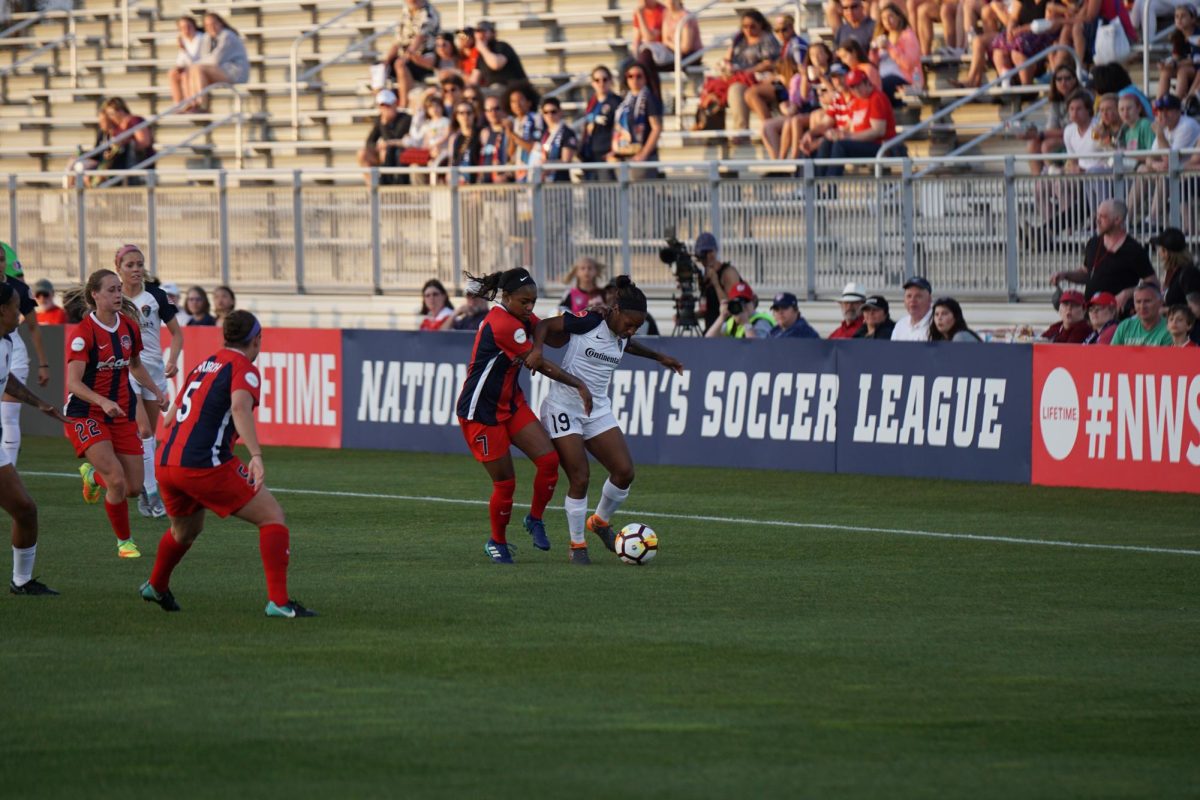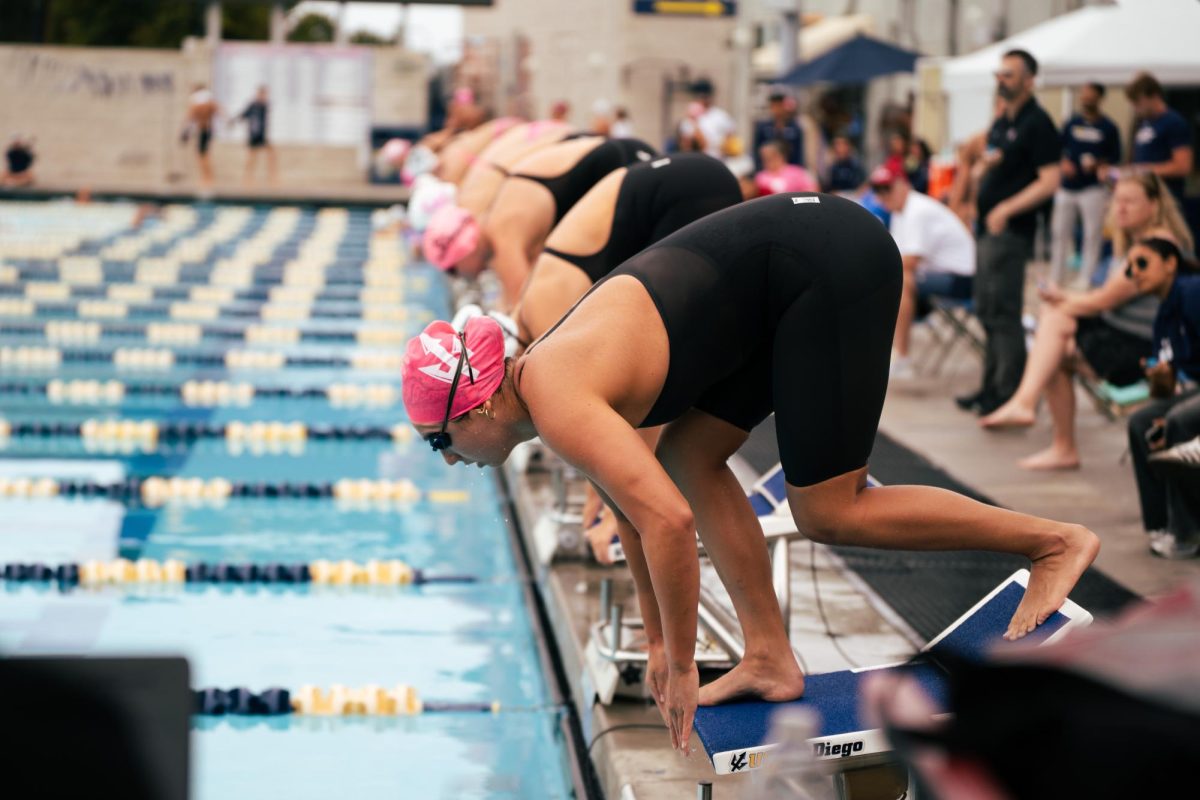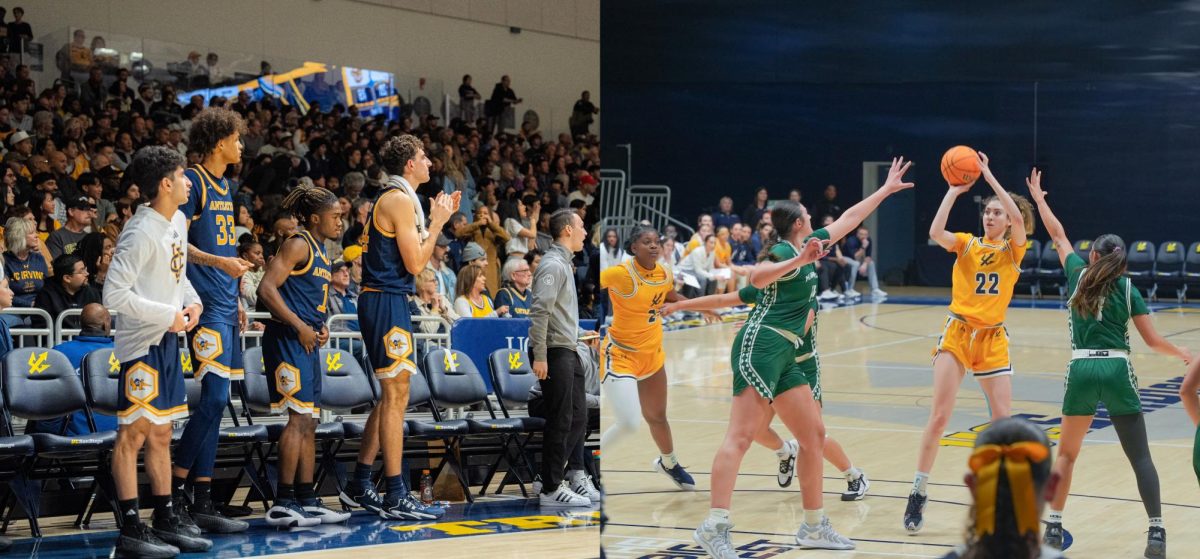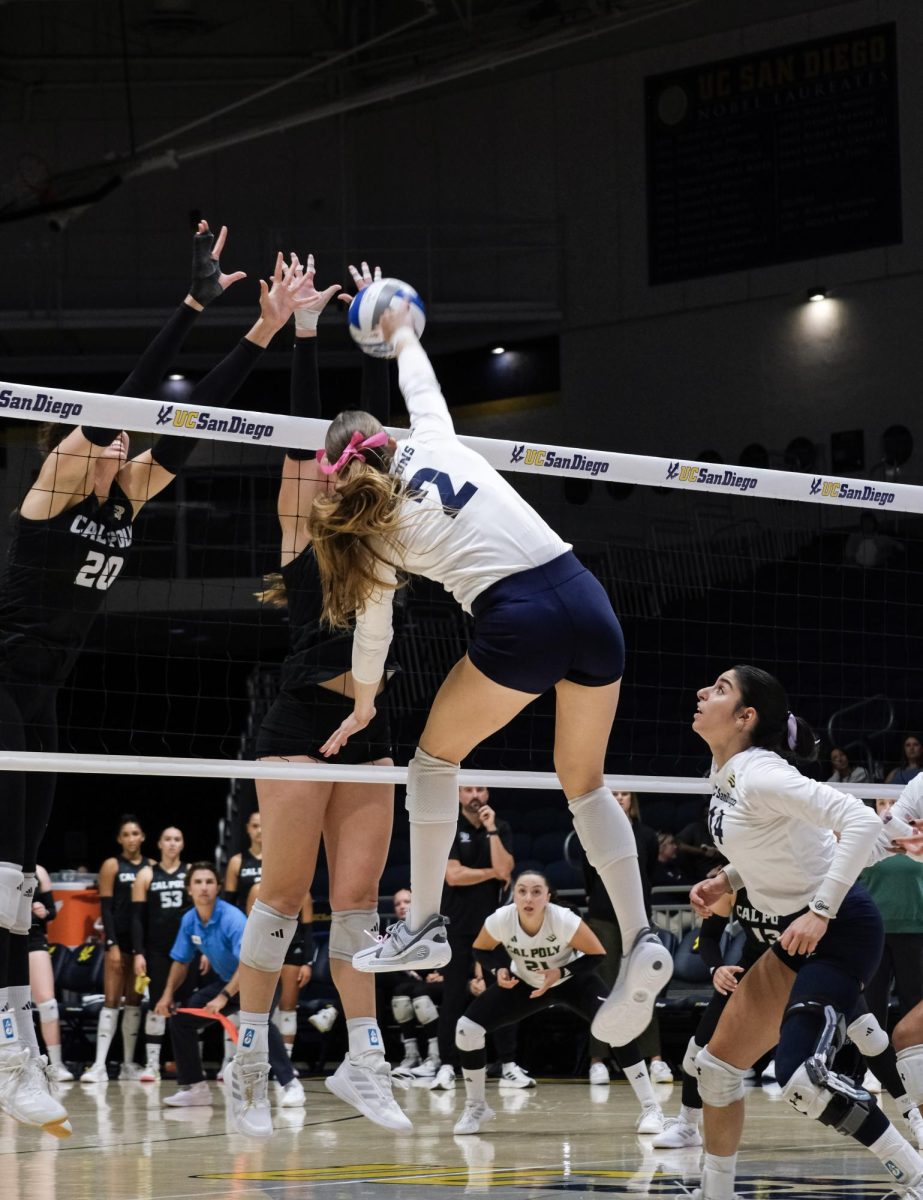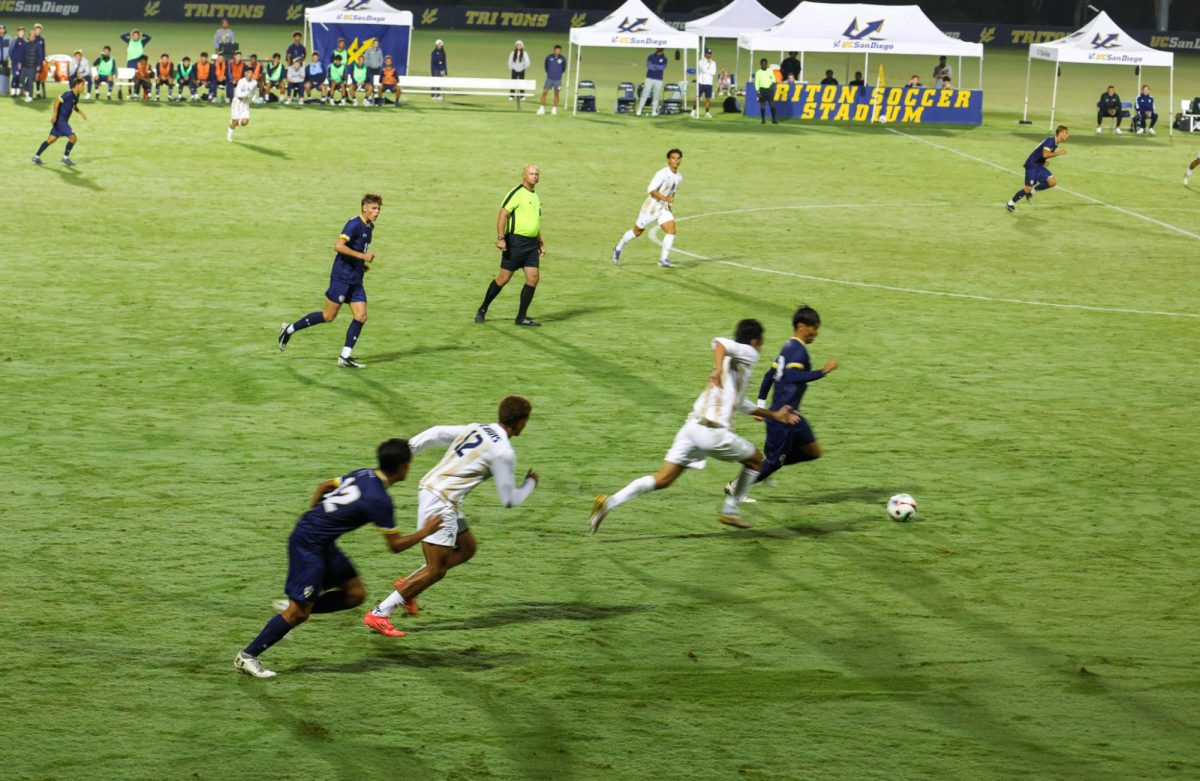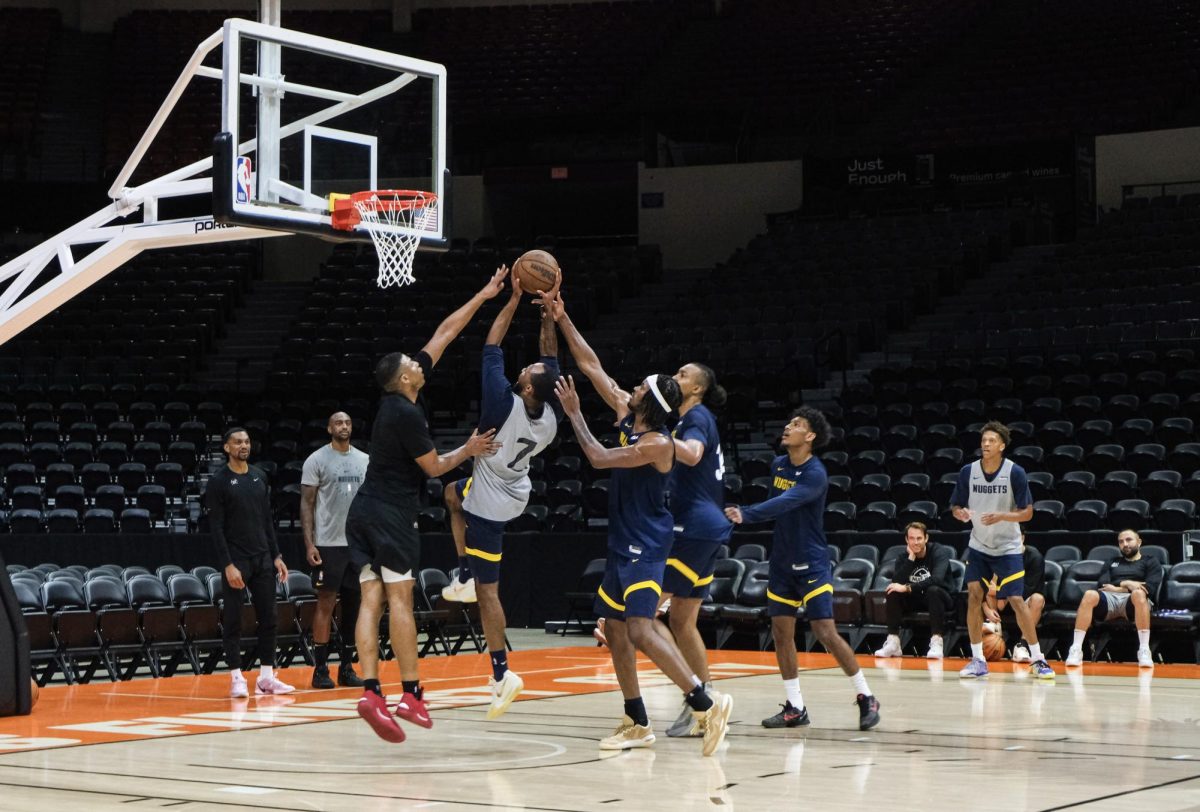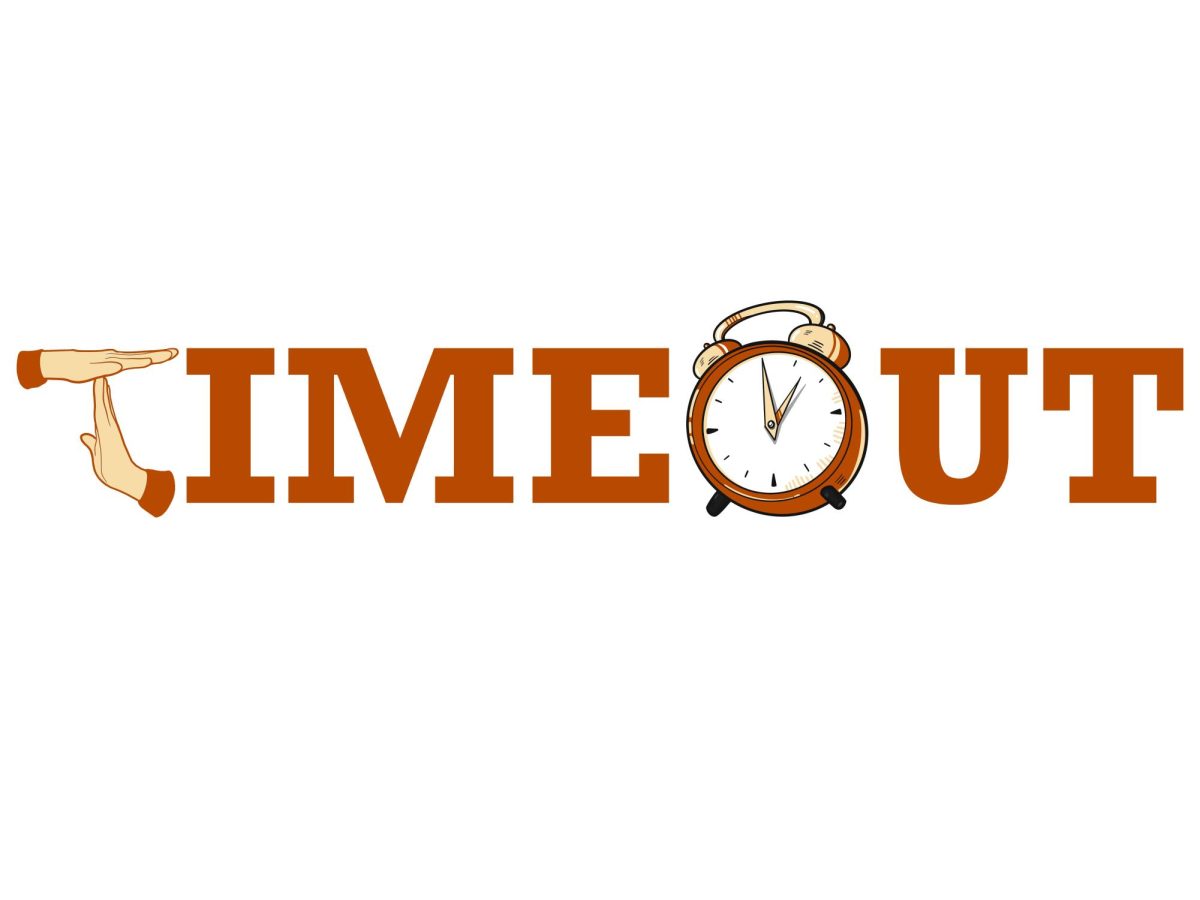On Oct. 15, San Diego Wave FC won the National Women’s Soccer League Shield — an honor given to the top team in regular season play — with a 2–0 victory over Racing Louisville. The Wave head into the playoffs on their home ground, playing against the OL Reign — last year’s Shield winners — for a spot in the championship match on Nov. 5 at 6:30 p.m.
Let’s take a closer look at the San Diego Wave and the NWSL, examining each of their unique merits and why attending a playoff game might just be worth your time.
Tight competition
By the end of the regular season, just seven points separated the bottom of the table Chicago Red Stars from playoff-bound NJ/NY Gotham FC. Furthermore, just six points separated the Wave and a half dozen other squads; in other words, six sides were two wins shy from claiming the NWSL Shield.
The implication of this competitiveness is that anybody can win the league at virtually any time throughout the 22-game season. This means that no matter your team’s spot in the table, there is seldom a reason to give up. The Wave winning the Shield this year stands as a testament to this claim, becoming the best team in the NWSL in only their second season of existence.
By contrast, most professional sports leagues offer little mystery as to who will dominate the competition and win the respective title. The National Football League boasts the Kansas City Chiefs — who have won two of the past four Super Bowls — and are well on their way to another deep playoff run this season. Major League Baseball is wrapping up its first season in seven years where neither the Los Angeles Dodgers nor Houston Astros have made the World Series.
Even Major League Soccer has some teams fixed at the top of the table. Though the title-holders are varied, many teams still rule the regular season, such as the Philadelphia Union who have stayed in the top five in their division since 2017. New York Red Bulls have made the playoffs in each of their last 14 seasons. Europe’s top soccer leagues are no different, with teams like Manchester City and Bayern Munich claiming title after title, year after year.
While undoubtedly a manifestation of the league’s juvenility and lower match count, the level of tight competition in the NWSL is genuine and singular among the plethora of sports leagues around the world.
Top talent
With this contentious competition, it may be logical to conclude that every team is simply as good (or as bad) as the next, and subsequently deduce that the NWSL lacks stand-out stars that help differentiate their respective teams.
This is, however, not the case at all. The NWSL hosts some of the world’s best talent. San Diego residents can watch the likes of Alex Morgan and Naomi Girma, two of the United States’ top players, as well as burgeoning stars like 15-year-old San Diego native Melanie Barcenas. In addition, Sofia Jakobsson is a stalwart forward on Sweden’s powerhouse squad that is ranked first by the International Federation of Association Football.
Elsewhere, the Orlando Pride roster includes Marta, Brazil’s all-time leading goal scorer and one of the greatest soccer players of this generation. Angel City FC’s Jūn Endo plays for Japan, a side that made it to the quarterfinals during this year’s World Cup.
Admittedly, the NWSL is often a stepping stone for players looking to reach the top, which remains in Europe. Women’s soccer across the pond holds the bulk of the talent, an inevitability considering the many prestigious clubs and the financial backing of organizations like The Football Association, England’s governing body of soccer, according to Sky News.
However, the NWSL’s “stepping stone” remains, for now, integrated into the European system, with promising players consistently moving through the pipeline. Some of this generation’s foremost players have taken this path, such as three-league Golden Boot winner Sam Kerr, who played for Sky Blue FC (now NJ/NY Gotham FC) and the Chicago Red Stars before moving to English side Chelsea FC in 2020.
All of this means that the next superstar could be right here in the US, on any team, just waiting to show out and take the next step. This also means that America’s growing interest in soccer can now be satiated from March to November by watching some of the world’s best perform live and in person.
A parting word on sexism
It would be a disservice to tip-toe around the element of sexism that plays into the air of indifference shown to women’s sports in America and abroad. Many sports fans abstaining from women’s athletics often use the rationale of women’s sport’s lack of popularity and the corresponding lack of attendance at games. Others go for the more direct approach, asserting that women are unable to play as well as men.
To refute this, I want to provide a perspective on the traditions of American spectatorship.
It may be a contentious claim, but most American sports watchers are primarily interested in the points during games. American football and basketball are structured around this very inclination with the awarding of multiple points for one score, and several avenues to score these points. The same goes for sports like baseball, where players are allocated several missteps before facing an out, of which every team is allocated three every inning so that it can score points in stagnated play.
I don’t say this to shame the reader — heck, I am the poster boy of loving points — but rather to uncover another, more specific, claim: all goals are created equal. An advertisement by French telecommunications company Orange shows a highlight reel of the French men’s national team before revealing that the video was deep-faked and that the plays were actually executed by the women’s squad. The advertisement illustrates the assertion that no matter whose foot or forehead smashes the ball into the back of the net, the goal, and the spectator reaction it warrants is the same.
For the record, the NWSL has ample support, especially in San Diego. The Wave currently plays at San Diego State University’s Snapdragon Stadium which holds a capacity of 35,000 spectators. In their last regular season match, over 30,000 of these seats were filled. It is worth noting that the MLS has seen a 5% increase in attendance from last season, while the NWSL has experienced a 32% increase.
If you are a soccer fan, now is the perfect time to take the trolley to Snapdragon Stadium or turn on your television and watch the Wave in the playoffs. You will not be alone. Watch them because it is worth it.



